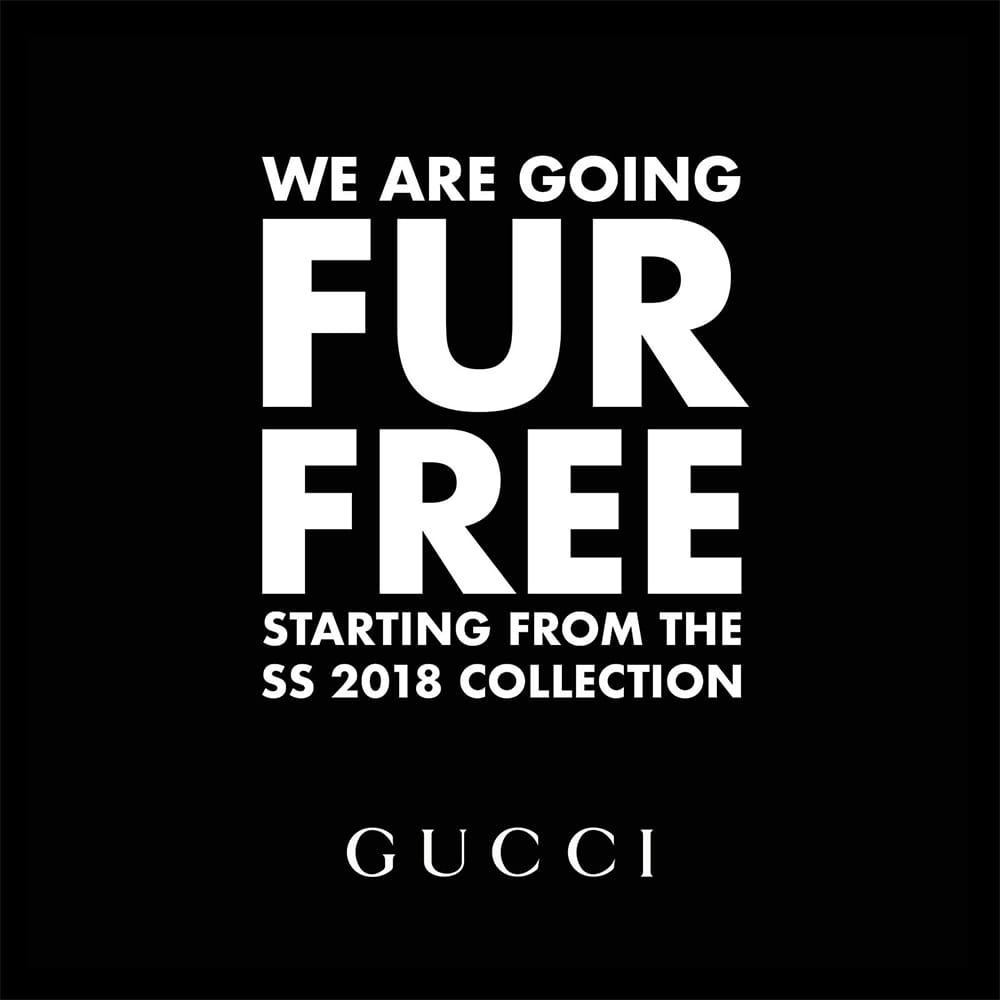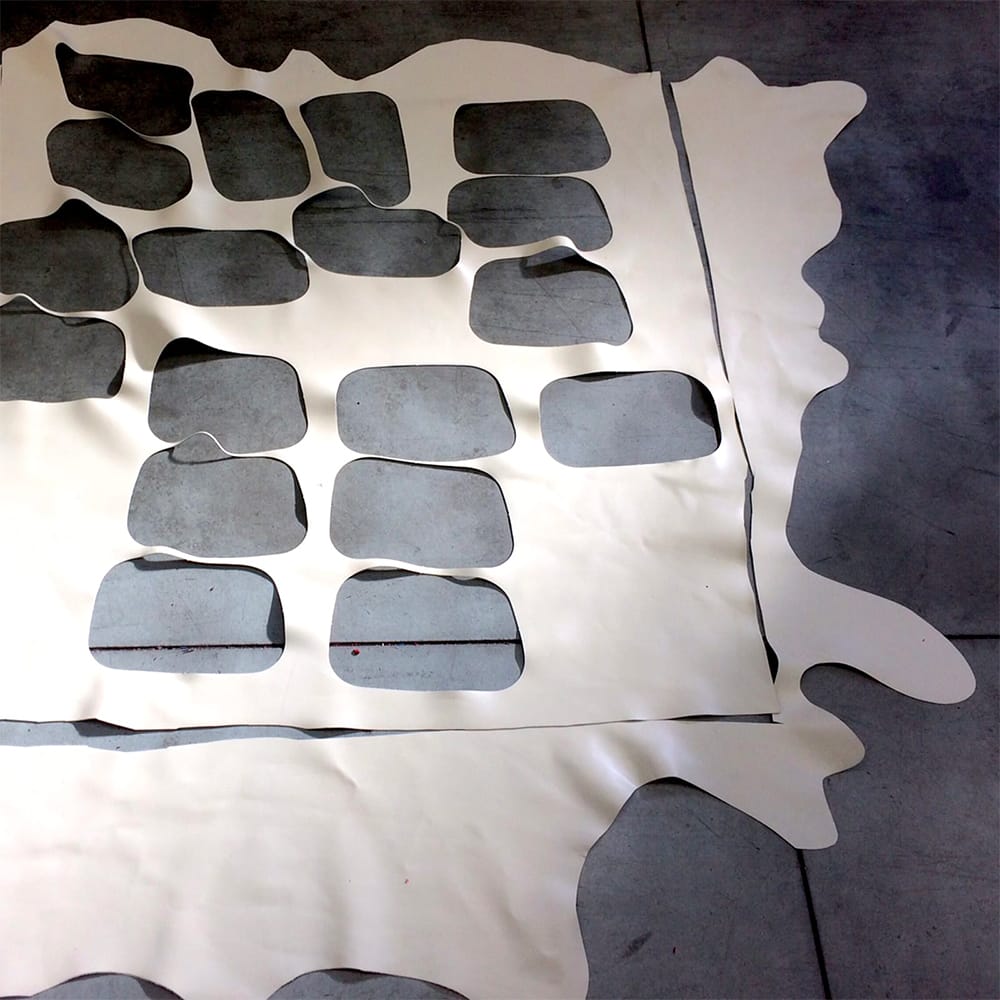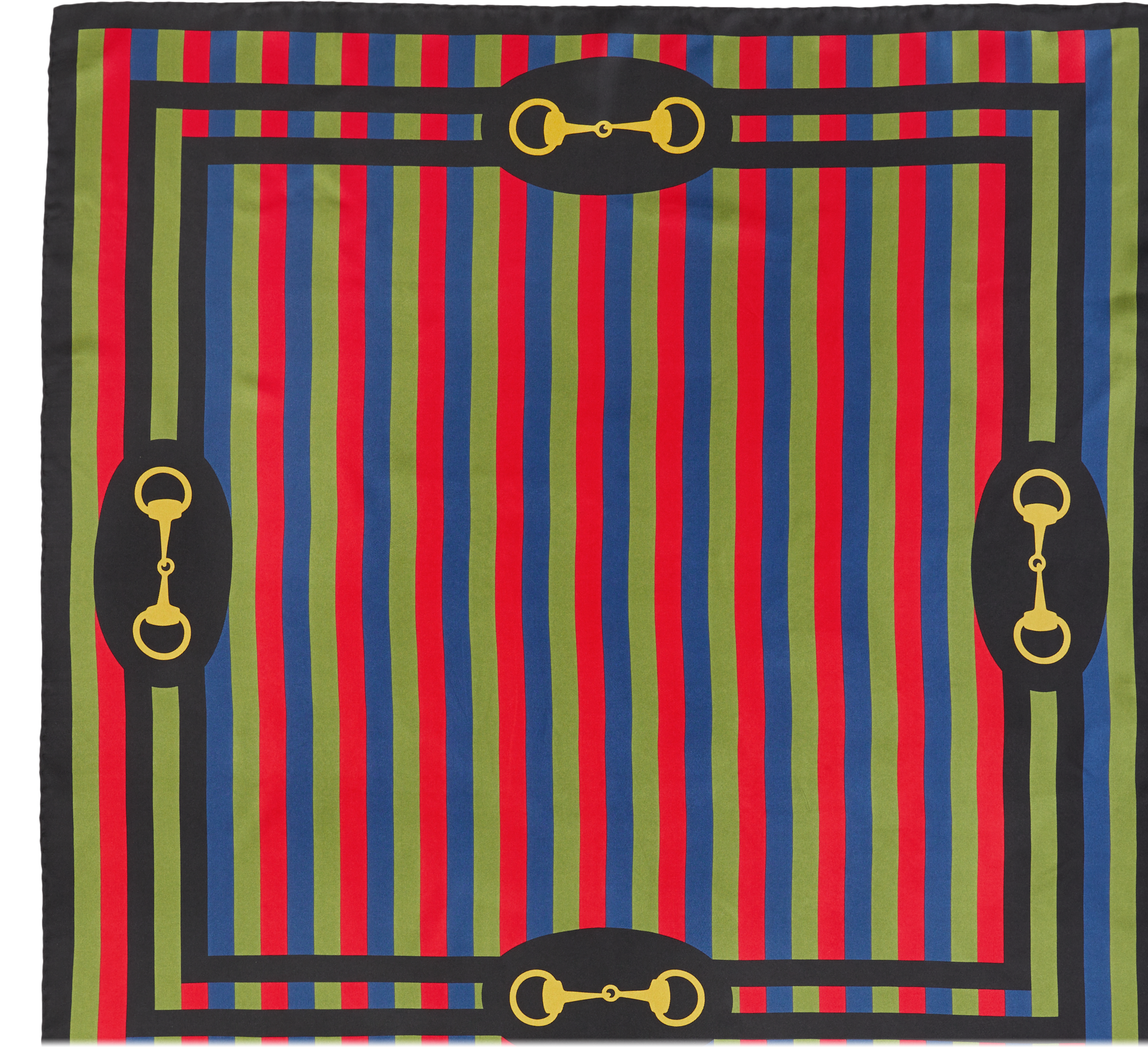Traceability and alternative tanning methods unlock new and improved approaches for leather
Gucci is taking a very strategic approach for all the raw materials found in its collections: from adhering to our ambitious standards, which ensures sustainable sourcing and processing, to innovating new solutions where we need them the most. Leather is no exception. Indeed, fashion’s global leather supply chains are complex and we have set up projects in our own supply chain to help drive positive change every step of the way. This all starts with the detailed standards created by our parent company Kering, which govern the sourcing and production of our leather. To briefly summarize the key principles underpinning Kering’s leather standard they encompass:
• Complying with all applicable laws, conventions and regulations
• Avoiding the degradation and destruction of natural ecosystems
• Ensuring the highest standards of animal welfare
• Guaranteeing the ethical treatment of people working in the supply chain
• Promoting the ecological sustainability of livestock production methods
To make sure that our leather comes from sources that comply with the criteria outlined in our standard, we collaborate closely with our leather suppliers and have also built these expectations into our contracts. On top of this, we focus on a number of our industry’s biggest challenges, like traceability, so that we can guarantee social and environmental sustainability, as well as best practices in animal welfare, over the long term. We have been working steadily towards our 100% target for traceability up to the Country of farming by 2025, having already achieved 100% traceability of leather up to country of slaughterhouse in 2023.
The leather footprint associated with manufacturing is also prioritized at Gucci. An important part of our commitment for sustainable best practices is linked to industrial-scale tanning processes and we promote metal or chrome free tanning as an alternative to traditional methods. Overall, it offers a greener solution by reducing chemical and water consumption, reducing and/or reusing the waste and by-products from tanning and manufacturing, as well as saving on energy and the associated greenhouse gas emissions too. We began using metal-free leather back in 2015 when we launched a pilot for three iconic Gucci bag and wallet collections. We have scaled up metal-free leather from 0.2% since then to 40% of our total leather production in 2021 and 42% in 2023, with a goal to achieve 100% metal or chrome free tanning by 2025.
| ECO-FRIENDLIER LEATHER IN NUMBERS: |
|---|
| 42% metal or chrome-free leather in 2023 (100% by 2025) |
| 100% traceability up to country of slaughterhouse in 2023 (100% up to Country of farming by 2025) |


